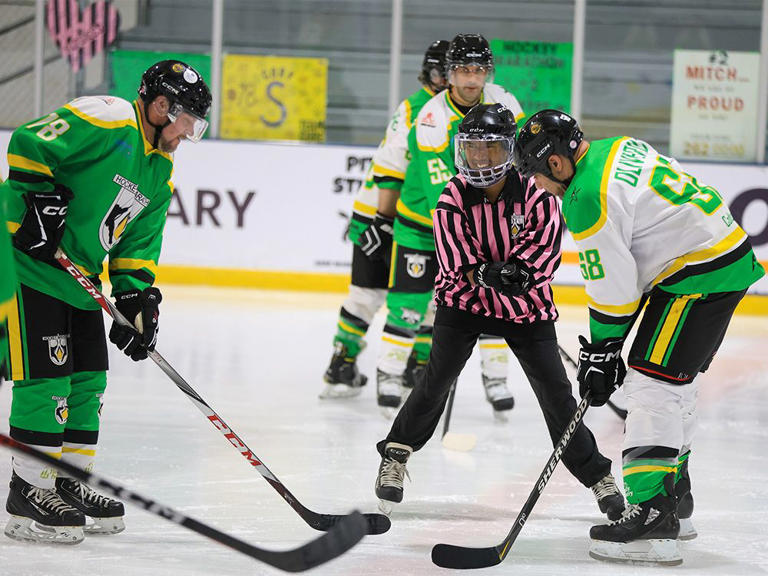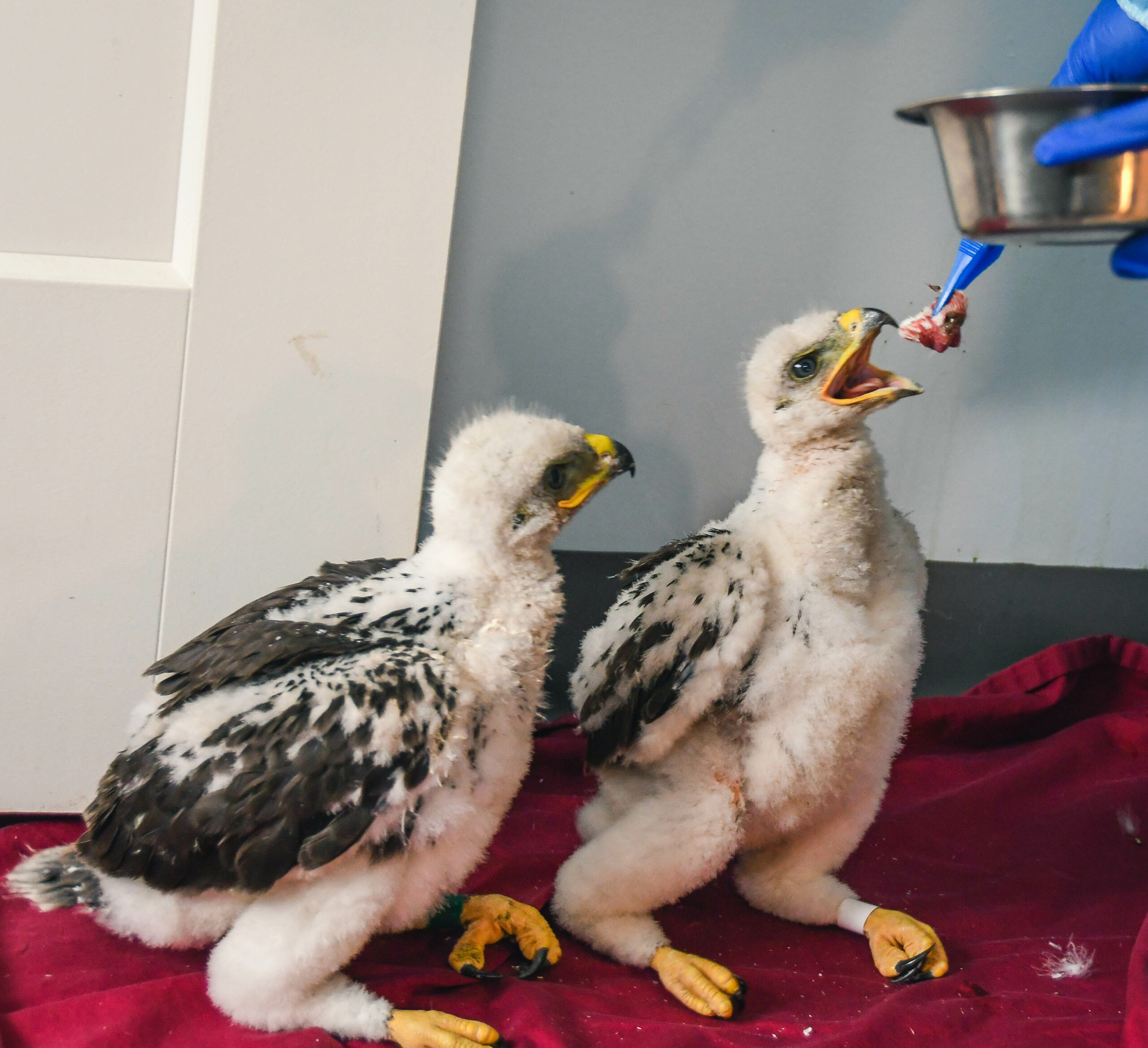What is a vaccine?
A vaccine is a medicine that’s given to help prevent a disease. Vaccines help the body produce antibodies. These antibodies protect against the disease. Vaccines are given by injection (a “shot”) or by mouth. Each province in Canada has its own schedule of vaccines for children. Your family doctor will use the schedule for your province.
What is a DPT-Polio-Hib vaccine?
These five vaccines can be given all in one shot. It protects against diphtheria, pertussis, tetanus, polio, and haemophilus influenzae type b (Hib). It’s given as a series of five shots, usually starting at 2 months of age and ending by preschool.
Diphtheria is a disease that attacks the throat and heart. It can lead to heart failure and death.
Pertussis is also known as whooping cough. It causes severe coughing that makes it hard to breathe, eat and drink. It can lead to pneumonia, convulsions, brain damage and death.
Tetanus is also called “lockjaw.” It can lead to severe muscle spasms and death. Having your child immunized when he or she is young (which means making sure he or she gets all of the DTP shots in the series) will protect your child from tetanus and diphtheria for about 10 years. After this time, your child will need booster shots.
Polio can cause muscle pain and paralysis of one or both legs or arms. It may also paralyze the muscles used to breathe and swallow. It can lead to death.
Haemophilus influenzae type b (Hib) is a leading cause of serious illness in children. It can lead to meningitis, pneumonia and a severe throat infection that can cause choking.
What are the risks of DPT-Polio-Hib vaccination?
After vaccination, the area where your child received the shot may be swollen and red. He or she may also have a fever for a day or two and be fussy and sleepy. Very rarely, these vaccines can cause some serious problems, such as a seizure. Talk to your family doctor about any concerns you have.
What is the Td vaccine?
The Td vaccine is used as a booster to the tetanus and diphtheria vaccine. It’s used when your child is seven years old or older. It helps prevent tetanus and diphtheria. It should be given every 10 years throughout life.
Are there side effects of the Td vaccine?
The vaccine usually only causes fever and slight soreness where the shot was given. More serious reactions aren’t common.
What is the Polio vaccine?
While polio is no longer seen in Canada (due to vaccination), it’s not so uncommon in other parts of the world. It could easily become more common again. This is why vaccination is so important.
The IPV (inactivated poliovirus) vaccine is given as a shot. Compared with the OPV vaccine (oral poliovirus, given by mouth), the IPV vaccine doesn’t seem to have a risk of causing polio. This is the form of polio vaccine used in the DPT-Polio-Hib vaccine. This is the most common polio vaccine in Canada.
What is the MMR vaccine?
The MMR vaccine protects against the measles, mumps and rubella. It’s usually given as two shots.
Measles causes fever, rash, cough, runny nose and watery eyes. This lasts one to two weeks. It can also cause ear infections and pneumonia. Measles can also lead to more serious problems, such as brain swelling and even death.
Mumps causes fever, headache and painful swelling of one or both of the major saliva glands, which causes the cheeks to swell and be very sore. Mumps usually lasts several days. It can lead to meningitis (infection of the coverings of the brain and spinal cord) and, very rarely, to brain swelling. It can cause the testicles of boys or men to swell, which can make them unable to have children. This is very rare.
Rubella is also called the German measles. It isn’t usually serious except to unborn babies. It causes slight fever, a rash and swelling of the glands in the neck. It usually lasts about three days. Rubella can also cause brain swelling or a problem with bleeding. These events are rare.
The main risk of rubella is to unborn babies. If a pregnant woman catches rubella, it can cause her to lose her baby or have a baby who is blind or deaf, or has trouble learning. This is why it’s so important to immunize children against rubella – so they don’t expose pregnant women to the infection, and so women are themselves immunized long before there is any chance of pregnancy.
What are the risks of MMR vaccination?
The most common side effects of the measles vaccine are a mild rash or fever that starts one or two weeks after getting the vaccine and lasts a few days. This rash is much less than what is seen with the diseases.
The rubella vaccine may cause some swelling of the glands in the neck and may also cause some aching of the joints, which can occur one to three weeks after vaccination. Rarely, the vaccine may irritate nerves in the arms or legs, leading to pain or tingling.
What about vaccination against hepatitis B virus (HBV)?
Hepatitis B virus (HBV) infects the liver. It can lead to disease of the liver, liver cancer and death. Vaccination against HBV helps prevent this infection. HBV vaccination is given as a series of three shots.
What are the side effects of hepatitis B vaccination?
No serious side effects have been noted among children receiving the HBV vaccine.
What is the varicella vaccine?
The varicella vaccine helps prevent chickenpox and may be given to children once after they are 12 months old if they have never had chickenpox. Chicken pox is a virus that causes a mild fever and itchy rash usually lasting several days. It can cause pneumonia and other serious infections such as encephalitis (an infection of the brain). It is covered under most provincial vaccine programs except in Quebec and the Yukon. It may not be covered by some private health plans).
What are the risks of varicella vaccination?
This vaccine is also very safe. The shot can cause some local pain at the site of the needle. Some children can get a mild case of chicken pox a week or two after their shot. This vaccine can be given with the MMR.
What is the conjugate pneumococcal vaccine?
This vaccine is now available in Canada but is covered under most provincial vaccine programs except in the Northwest Territories. It may not be covered by some private health plans. It is given at the same time as the DTP-Polio-Hib shots.
Pneumococcal diseases are serious infections caused by a bacteria. Certain subtypes of this bacteria can cause meningitis, pneumonia and ear infections as well as a blood infection called bacteremia.
What are the risks of pneumococcal vaccination?
The vaccine is very safe and like the others can cause some redness at the site of the shot. Some children will get mild fever, fussiness, rash or stomach upset.
What is the meningicoccal vaccine?
This vaccine protects against a specific subtype of meningococcal infections. Meningitis is a bacteria which causes life-threatening skin, blood and brain infections. It is also now covered under most provincial vaccine programs except in Nunavut. It may not be covered by some private health plans.
These infections are very serious and can occur very fast.
What are the risks of meningiococcal vaccine?
Mild reactions can occur such as pain and redness at the site of the shot and fever. Serious reactions are rare.
What vaccinations don’t do:
Many studies now conclude that vaccines do not cause autism or MS (multiple sclerosis).
Are there any reasons my child should not be vaccinated?
There are some reasons not to vaccinate a child. Some vaccines shouldn’t be given if your child has certain types of cancer or if your child has a disease or is taking a drug that lowers the body’s ability to resist infection.
If your child has had a serious reaction to earlier shots in the series of a group of shots, your family doctor will probably talk with you about the pros and cons of giving him or her rest of the shots in the series.
Alberta Routine Immunization Schedule
Effective:January 1, 2015
Age
Vaccine
2 months
• DTaP-IPV-Hib *1
• Pneumococcal conjugate (PCV13)
4 months
DTaP-IPV-Hib
• Pneumococcal conjugate (PCV13)
• Meningococcal conjugate (Men C)
6 months
DTaP-IPV-Hib
• Pneumococcal conjugate (PCV13) (for high risk children only)
• Influenza *2
12 months
MMRV *3
• Meningococcal conjugate (Men C)
• Pneumococcal conjugate (PCV13)
18 months
• DTaP-IPV-Hib
4-6 years
DTaP-IPV *4
• MMRV *3
• Pneumococcal conjugate (PCV13) only for children up to 71 months (catch up program)
Grade 5
• Hepatitis B (3 doses)
• HPV *5 (3 doses)
Grade 9
dTap *6
• MCV4 *7
• HPV (3 doses – catch up program for boys)
•Note: Each bullet represents one vaccine/injection unless otherwise noted.
• *1 Diphtheria, tetanus, acellular pertussis, polio, haemophilus influenzae type b
• *2 Annually, during influenza season
• *3 Measles, mumps, rubella, and varicella
• *4 Diphtheria, tetanus, acellular pertussis, polio
• *5 Human papillomavirus
• *6 Diphtheria, tetanus, acellular pertussis
• *7 Meningococcal Conjugate Vaccine (Groups A, C, W-135 and Y)
* References from the patient education material of AAFP ,CFPC and Alberta health services.








